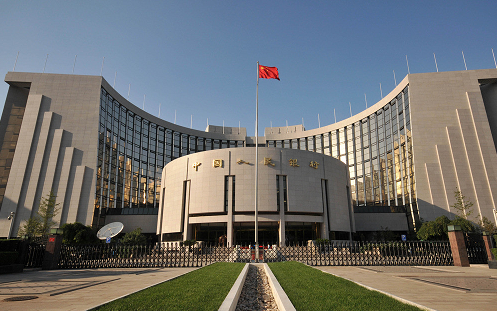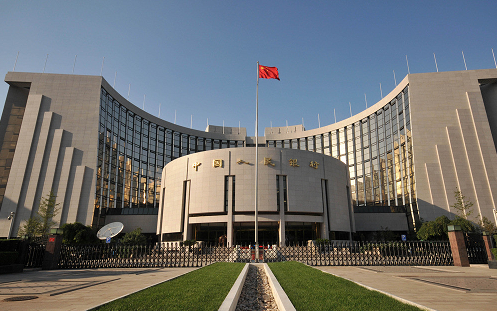
BEIJING, July 12 (Xinhua) -- With resumed cash injection into the market, China's central bank has sent a clear signal of maintaining stable liquidity, dispelling concerns about monetary tightening.
The People's Bank of China (PBOC) Wednesday pumped 70 billion yuan (10.3 billion U.S. dollars) into the banking system through reverse repos, according to a statement.
That will result in a net cash injection of 20 billion yuan, as 50 billion yuan of reverse repos are due to mature on Wednesday to drain the same amount of liquidity from the market.
It was the first net injection by the central bank since June 19, soothing the nerves of those who fear tightened liquidity.
Wednesday's move followed 40 billion yuan of reverse repos on Tuesday, when the PBOC restarted the operation after a 12 trading-day suspension.
The resumption showed that the previous suspension had been aimed at offsetting high liquidity of the time rather than a proactive squeeze, said Deng Haiqing, economist with JZ Securities.
"The central bank wants to keep market liquidity stable. This intention is evident," Deng said.
The PBOC had attributed the previous suspension to "relatively high" liquidity in the banking system before describing the liquidity as moderate on Monday, a sign of increasing fund supply.
However, the change does not mean there will be a turnaround in the liquidity situation, according to an analysis note from Hwabao Securities.
"The market liquidity will likely stay in a tight balance, which means no drastic easing or tightening," it said.
Hua Chuang Securities believes the central bank resumed cash injection only to countervail the pressure caused by maturing securities, and that the overall liquidity could still be tight even after the infusion of funds.
Altogether 280 billion yuan of reverse repos and 179.5 billion yuan of medium-term lending facility loans are due to mature this week.
In Wednesday's interbank market, the overnight Shanghai Interbank Offered Rate, which measures the cost at which banks lend to one another, rose 2.5 basis points to 2.646 percent.
The PBOC's open market operations have been closely watched by the market, as they have become major tools for the central bank to pursue a prudent and neutral monetary policy.
Such a policy stance is crucial for China as it has to juggle the task of financial deleveraging, aimed at defusing risks and curbing asset bubbles, and the mission of shoring up a slowing economy.
Regulators have been trying to strike a "delicate" balance between maintaining economic stability and containing financial leverage, and there has been no change in the central bank's stance to keep monetary policy "not too tight or too loose," said Guotai Junan Securities analyst Qin Han.
Growth of China's broad measure of money supply, M2, hit a record low in May, as a result of deleveraging policies. However, authorities have been careful not to hurt liquidity too much, to avoid financial turbulence and pressure on the real economy.
Early in June, the PBOC increased cash injections to meet banks' spiking liquidity demand typically seen in the middle of the year due to seasonal factors such as regulatory reviews and tax payments.
Since the beginning of this year, the central bank has been giving priority to providing a "neutral and temperate" liquidity environment for structural reform and risk prevention, said Zeng Gang, a financial researcher at Chinese Academy of Social Sciences.
"If money is too expensive, the real economy will take a blow," Zeng said. "But if it's too cheap, speculation is likely to prevail."




 A single purchase
A single purchase









